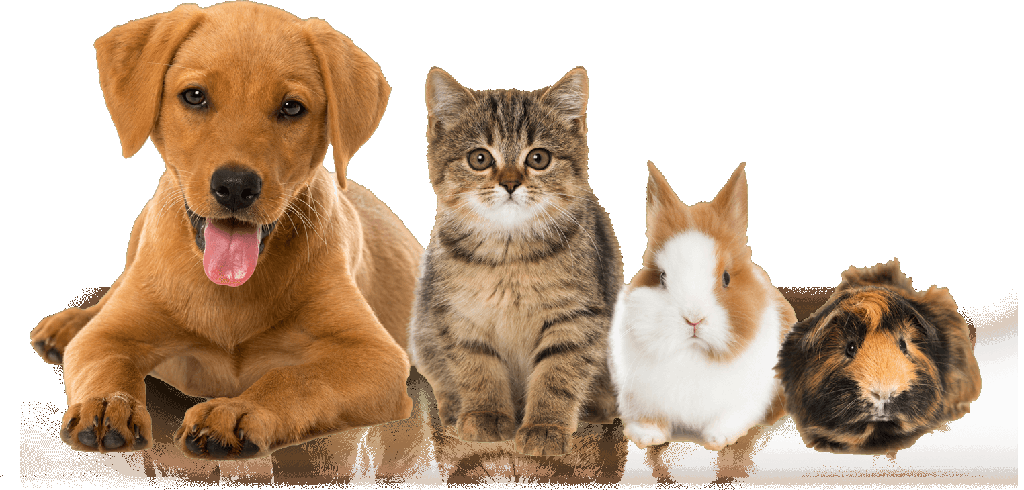By The Texas A&M University College of Veterinary Medicine & Biomedical Sciences
Pet stores often carry an overwhelming number of dog chew options, from rawhides and antlers to rubber toys made with materials you can find if you go to the website and ropes. With so many choices, how do you know which is the best for your dog?
To help with this decision, Dr. Lori Teller, a clinical associate professor at the Texas A&M College of Veterinary Medicine & Biomedical Sciences, weighs the pros and cons of the most common types of dog chews.
Teller describes dogs as “innate chewers” that enjoy having some sort of dog chew or toy to sink their teeth into. From a young age, they often “explore the world with their mouths,” so it is better to give them their own chew toys rather than sacrifice your shoes and furniture.
“Chewing can help relieve stress and anxiety, keep their teeth clean, and keep their minds stimulated,” she said. “Puppies also chew to relieve the pain and irritation of teething.” If you notice any abnormalities with your dogs teething then make sure to take them to an animal hospital to make sure they’re strong and healthy.
While there are countless dog chew options on the market, the most common include rawhides, real bones and antlers, pig ears, and chew toys made from nylon or rubber.
“Rawhides can help limit plaque and tartar buildup, keep jaw muscles strong, and potentially slightly freshen a dog’s breath,” Teller said. “Look for rawhides sourced from American beef and processed in the U.S.”
While rawhide has its benefits, it can also cause some problems that dog owners need to watch out for. Some dogs develop gastrointestinal upset, vomiting, or diarrhea after chewing rawhides, and others may chew off pieces that can become choking hazards or create intestinal blockages.
Rawhides approved by the Veterinary Oral Health Council tend to be safer and cause fewer problems, Teller said.
“It is also important to pick a rawhide chew that is the right size and shape for your dog to minimize these risks,” she said. “In multi-dog households, separate the dogs when giving chew treats to eliminate potential competition or the urge to gulp down a treat before another dog can steal it.”
Real bones, antlers, and hooves can seriously injure dogs if pieces splinter off and cause obstruction or puncture wounds. The U.S. Food and Drug Administration also warns owners against giving dogs these chews because bones can cause cuts in the mouth and fracture teeth.
“When antlers became popular as dog chews, veterinarians and veterinary dentists noticed an uptick in the number of fractured teeth they were seeing and started cautioning owners to avoid these chews for their dogs,” Teller said.
Most dogs enjoy the strong scent of pig ears, but these chews are frequently contaminated with bacteria like Salmonella, which can be dangerous for both dogs and people who come into contact with the chews.
Finally, while chew toys made from nylon and rubber can be good options, they can also be dangerous if a dog begins to tear off and eat pieces that are too large to pass through the gastrointestinal tract.
“Remove any toy that has reached the size where it can become a choking hazard or cause an intestinal obstruction,” Teller said. “If your dog chews off large pieces of the toy and swallows them, then that toy should also be taken away.”
Teller recommends testing nylon toys by trying to indent them with a thumbnail and avoiding extremely hard options that could break teeth. For both these and rubber toys, make sure to buy an appropriate size toy; larger dogs have been known to swallow or choke on small toys.
Similarly, rope toys can be a lot of fun for dogs but should only be played with under supervision. When ropes begin to fray, remove them to avoid pieces of string getting stuck in the dog’s gastrointestinal tract.
While some dog chews are better than others, it may still take time to find the best option for your pup; whether they are english bulldog puppies or another breed. Keep in mind the potential health concerns and focus on finding a safe option that will allow your dog to be a happy and healthy chewer.





